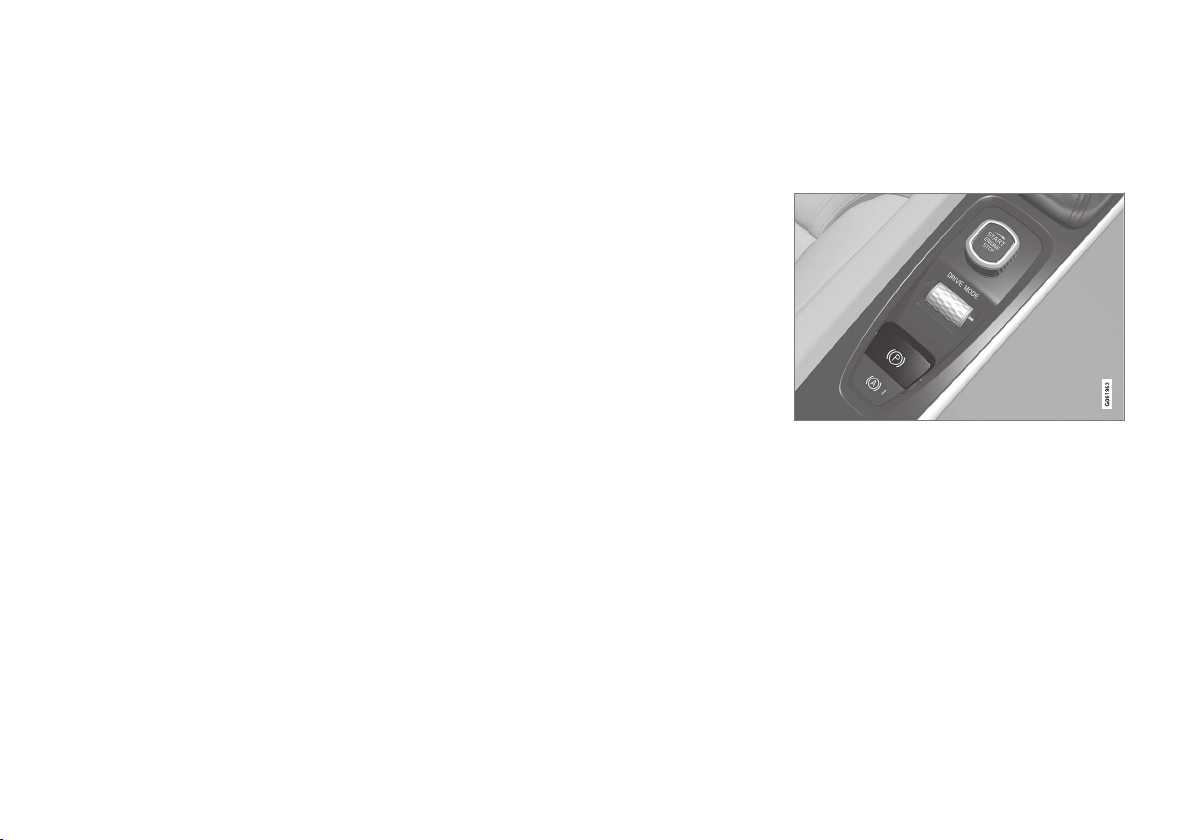Loading ...
Loading ...
Loading ...

STARTING AND DRIVING
* Option/accessory.
428
Auto braking after a collision
In the event of a collision in which the activation
level is reached for the pyrotechnic seatbelt ten-
sioners or airbags, or if a collision with a large
animal is detected, the car's brakes are automat-
ically applied. This function is to prevent or
reduce the effects of any subsequent collision.
After a serious collision there is a risk that it is no
longer possible to control and steer the car. In
order to avoid or mitigate a possible further colli-
sion with a vehicle or an object in the vehicle's
path, the auto braking system is activated auto-
matically and brakes the car in a safe manner.
Brake lights and hazard warning lights are acti-
vated during braking. When the car has stopped,
the hazard warning lights continue to flash and
the parking brake is applied.
If braking is not appropriate, e.g. if there is a risk
of being hit by following traffic, the system can be
overridden by the driver depressing the accelera-
tor pedal.
The function assumes that the brake system is
intact after the collision.
See also the sections "Rear Collision Warning"
and "Blind Spot Information".
Related information
•
Brake functions (p. 425)
•
Seatbelt tensioner (p. 59)
•
Airbags (p. 63)
•
Rear Collision Warning (p. 349)
•
BLIS* (p. 349)
Parking brake
The parking brake prevents the car from rolling
away from stationary by means of mechanically
locking/blocking two wheels.
The control for the parking brake is located in the tunnel
console between the seats.
A faint electric motor noise can be heard when
the electrically-operated parking brake is being
applied. The noise can also be heard during the
automatic function checking of the parking brake.
If the car is stationary when the parking brake is
applied then it only acts on the rear wheels. If it is
applied when the car is moving then the normal
foot brake is used, i.e. the brake acts on all four
wheels. Brake function changes over to the rear
wheels when the car is almost stationary.
Loading ...
Loading ...
Loading ...